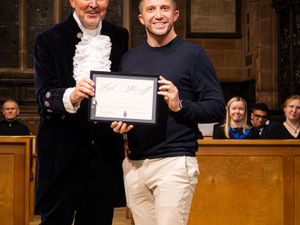Old abandoned Staffordshire mill now a luxury home
It was used as a dumping ground by fly-tippers and on the verge of falling down after lying abandoned for 50 years.
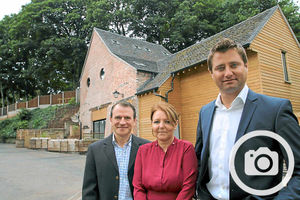
Now the 18th century mill that supplied the world-famous Wedgwood Potteries' industry has been transformed into a stunning family home.
The two-year rebuilding project in Staffordshire can be seen tonight on Channel 4's The Restoration Man, presented by architect George Clarke.
Owners chartered surveyor Alan Appleby and his wife Dora said they will be watching the programme 'from behind the sofa.'
The Grade II-listed structure in Mill Street, Stone, had begun to collapse when the couple began the rescue project in 2011.
Mr Appleby said: "George described it as 'knackered' and my father, who's 95 and was in the construction business all his life, said he wouldn't touch it.
"Even my surveyor friends said 'Do you know what you're doing?' It was that bad.
"The old building had been rocked to its roots over the decades but it's given good service to a number of trades and industries.
"Now we've given it a new lease of life, not only as our home but as a base for my own business."
The Applebys believed their project would be perfect material for The Restoration Man.
They approached Channel 4 but at the time no new series was in the pipeline and they were invited to appear instead on Grand Designs.
"But we said no. The Flint Mill didn't fit with Grand Designs.
We just went ahead and got planning permission and the producers came back to us when the new series was commissioned."
The mill, built in the 1770s, originally had an enormous wheel powered by a fast-flowing stream for grinding stones.
The ground flint was then mixed with china clay and proved the perfect ingredient for the pottery industry.
The bonus was finding out that the mill produced flint for Josiah Wedgwood himself.
The mill's past was uncovered by the show's researchers and checked out by Alan in records kept at Stafford's Salt Library.
His wife, who was born and bred in Stone, already had a family connection to the Flint Mill.
Her uncle, Alfonso, was an Italian prisoner of war who was incarcerated in a building further along Mill Street during the war.
He later worked on local farms, including on land owned by the Weaver family, who owned the mill at one time.
Dora, domestic energy assessor, said: "We're still bringing the place to completion.
"I get the feeling that the house actually tells us where to place things.
"Everything finds its natural position. We love it."
Much of the original brick and timber was salvaged but the building can also boast sophisticated technology, including an air-flow system which keeps the place warm in winter and cool in summer.
The bulk of the construction work was carried out by Stafford builder Peter Simmons although Mr Appleby more than pulled his weight on the project.
At the end of filming, the couple were presented with a bound book charting the progress of the restoration as a memento of their experience.
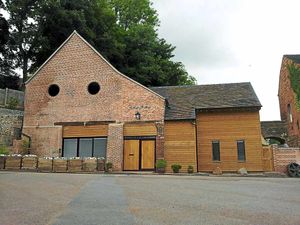
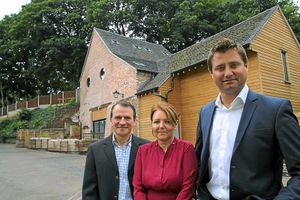
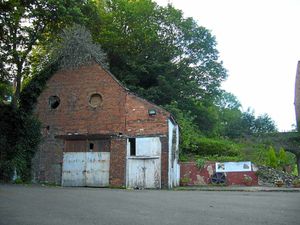
Mr Appleby said: "It had to be a challenge that really tested us, that was the point, because then if you succeed there's such a great feeling of satisfaction."



